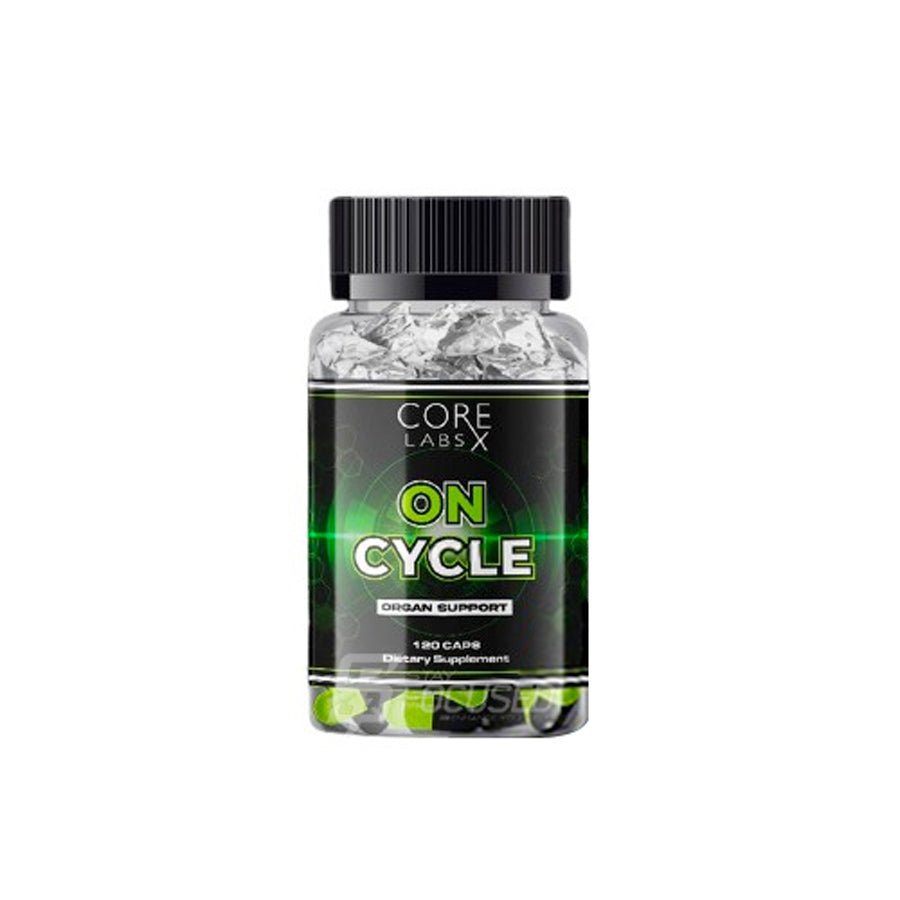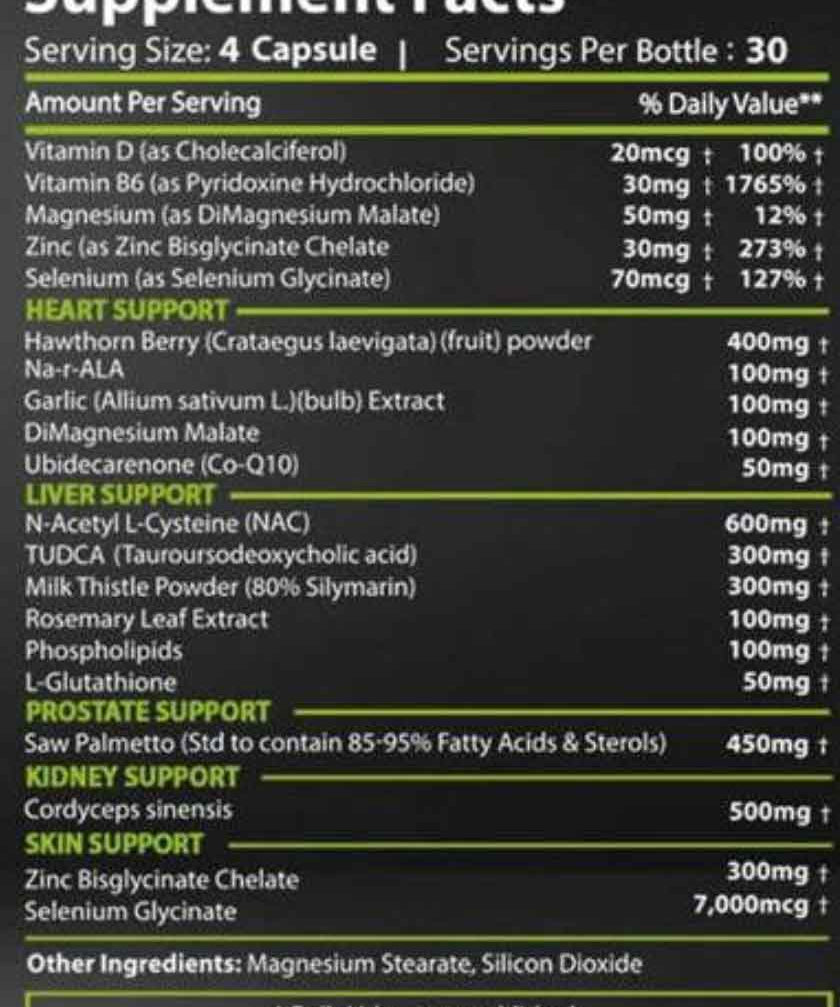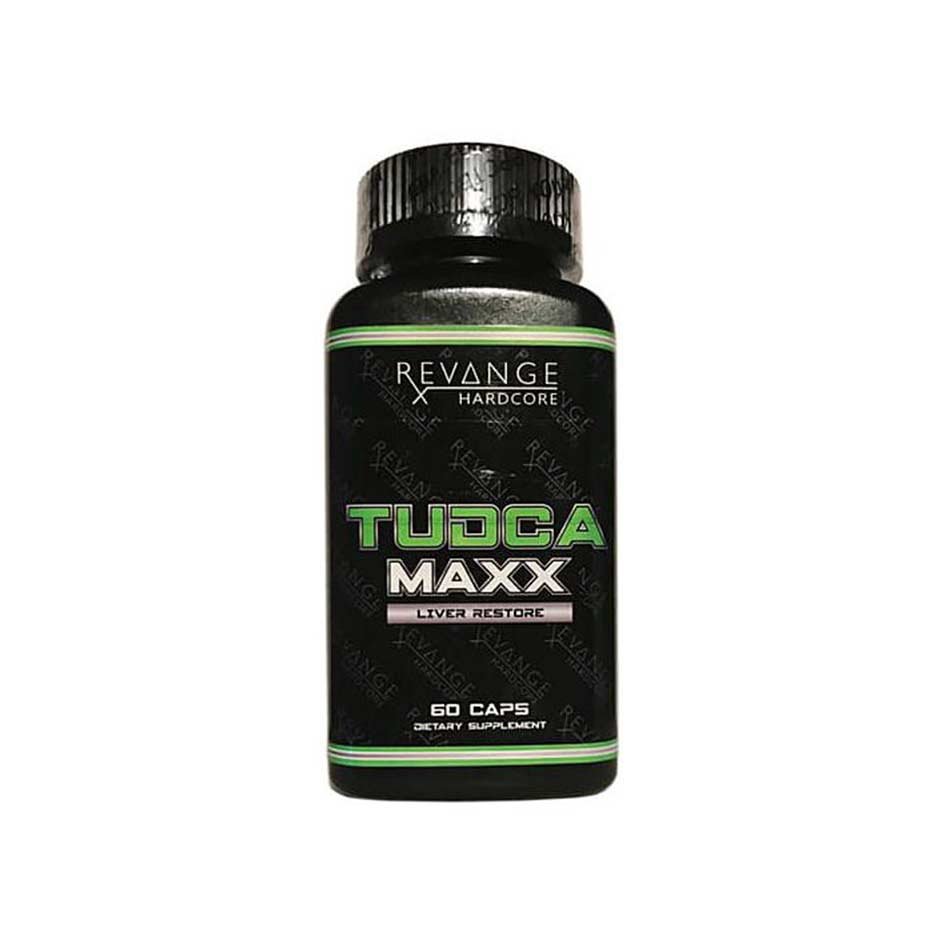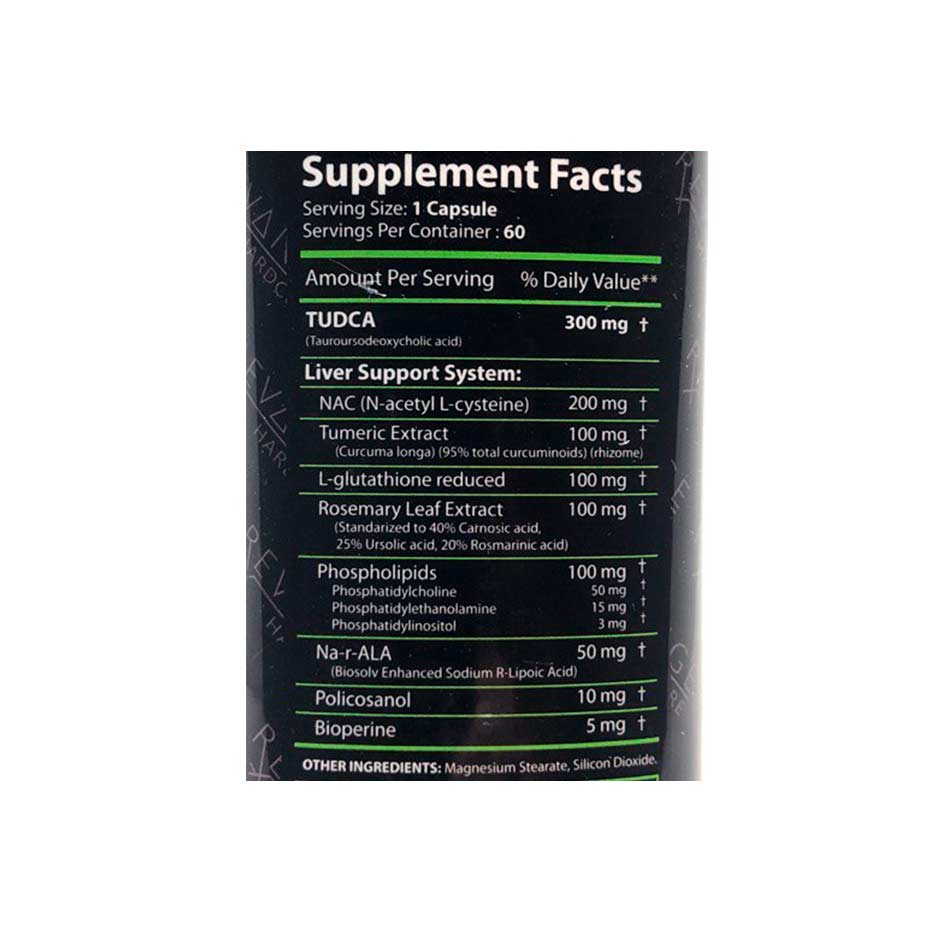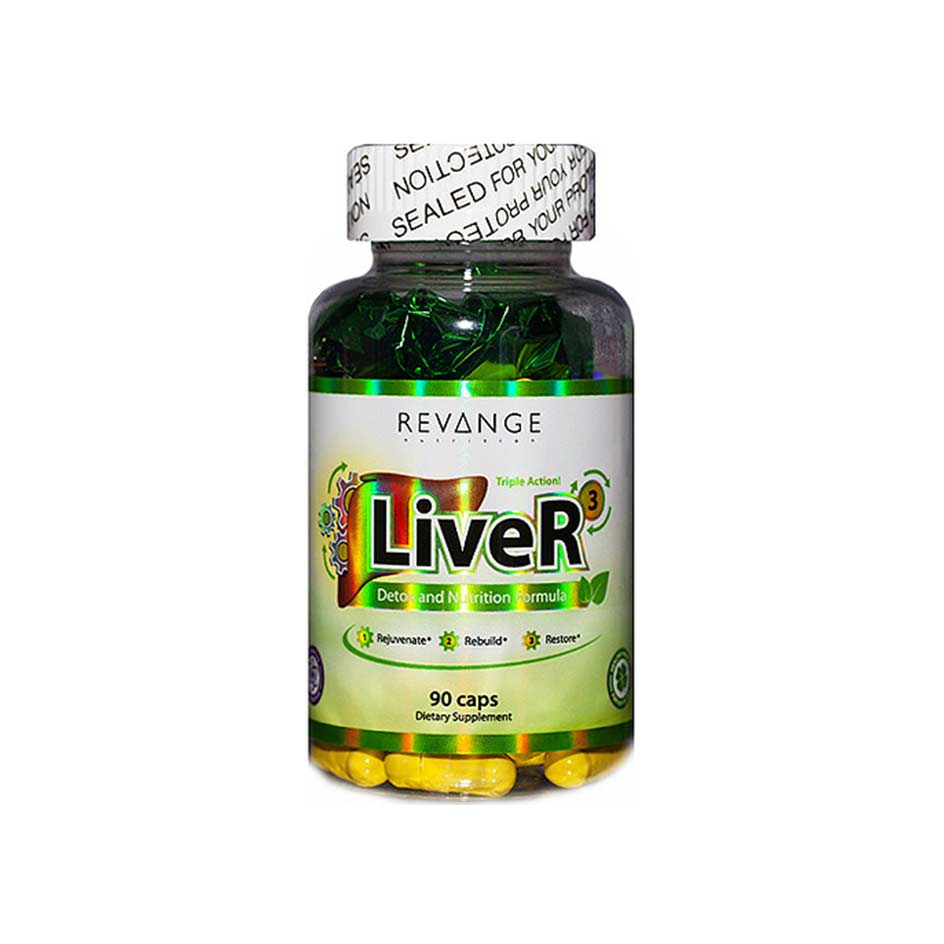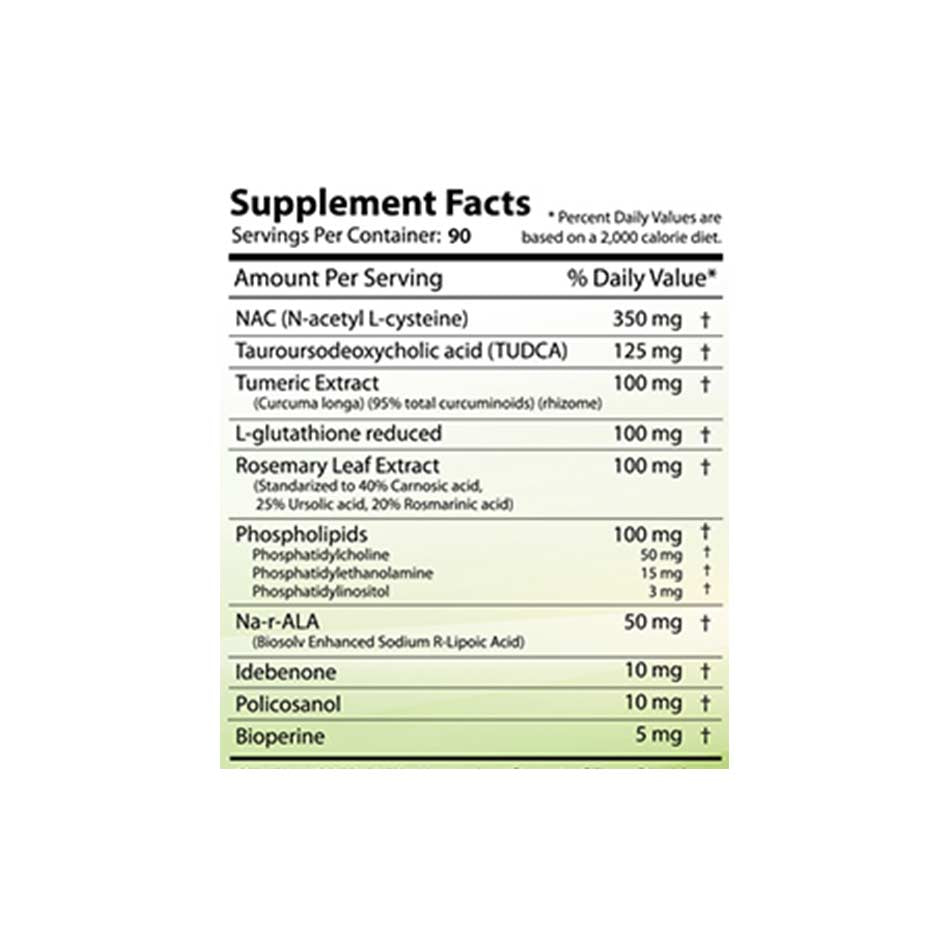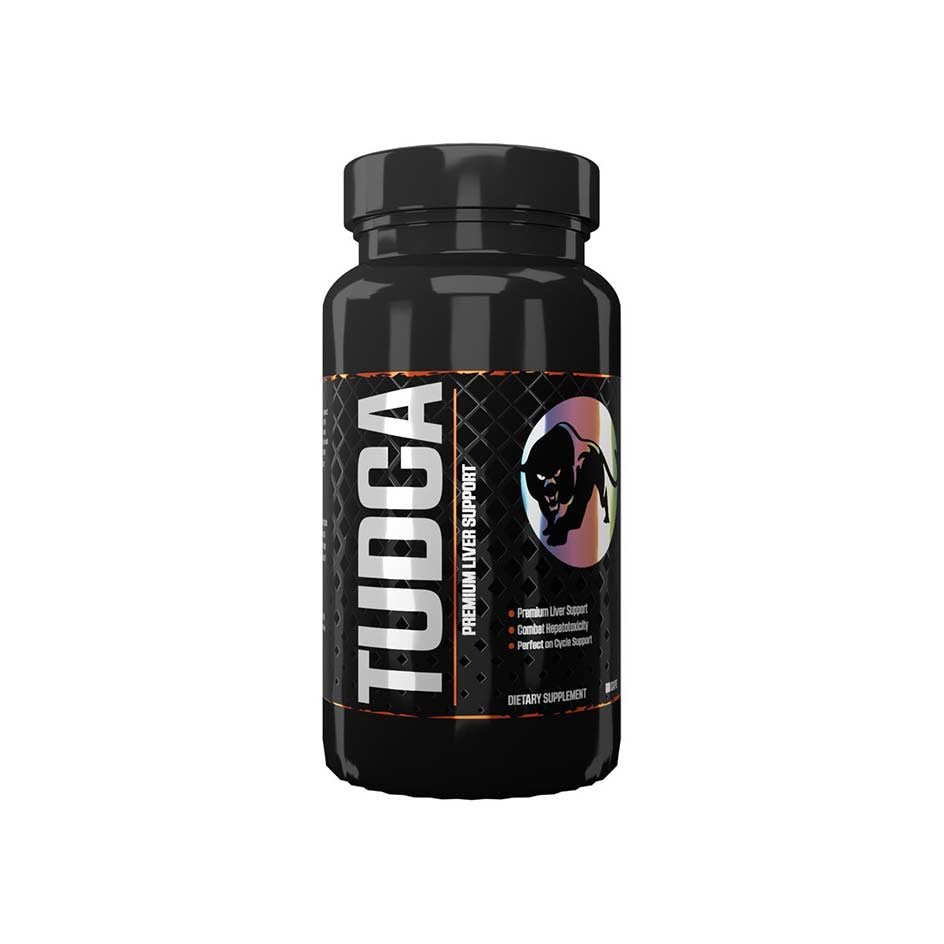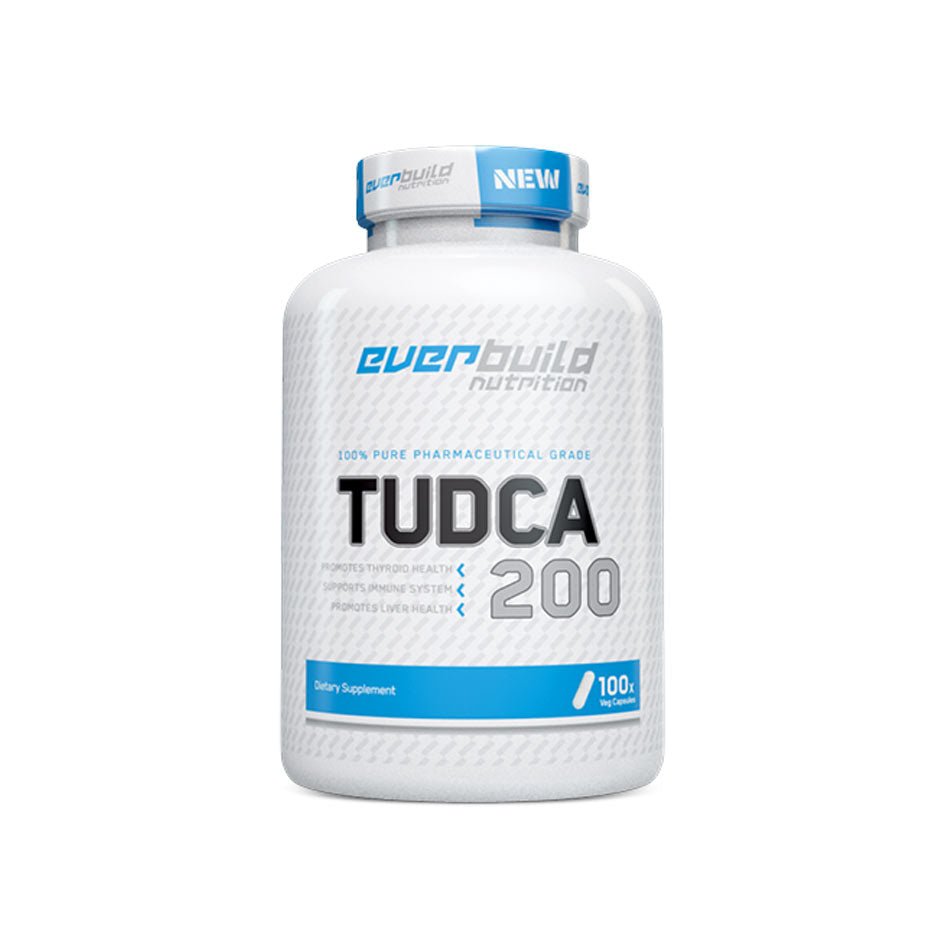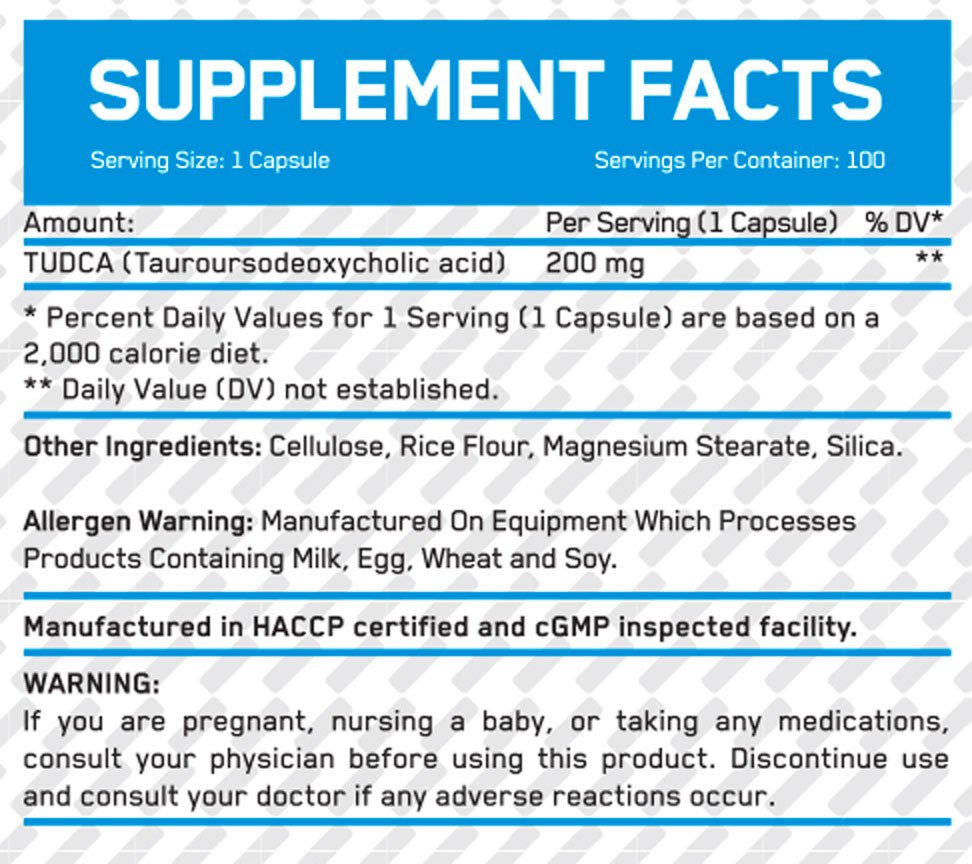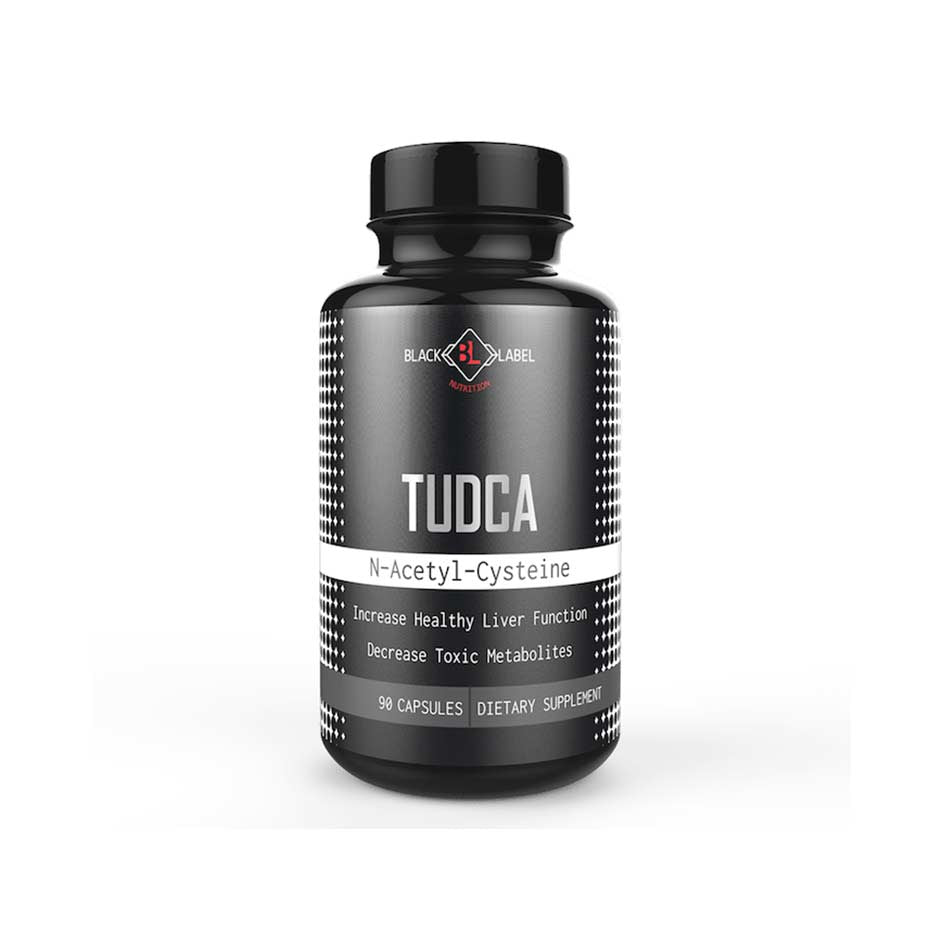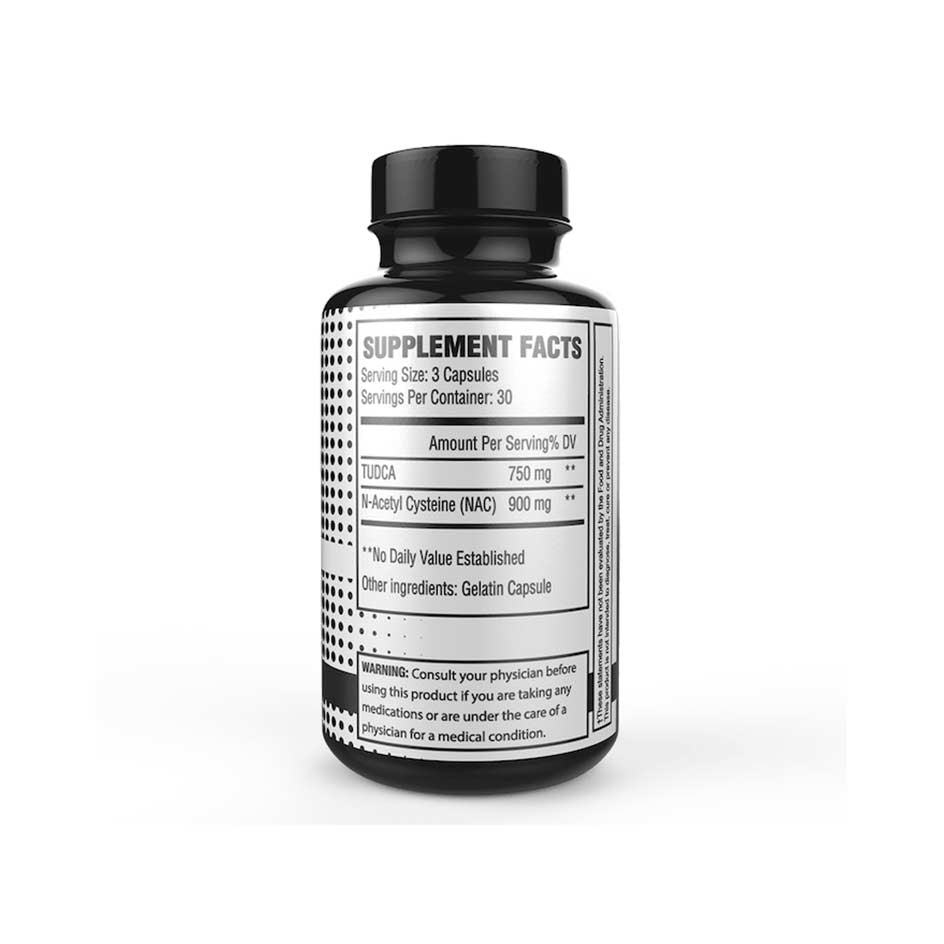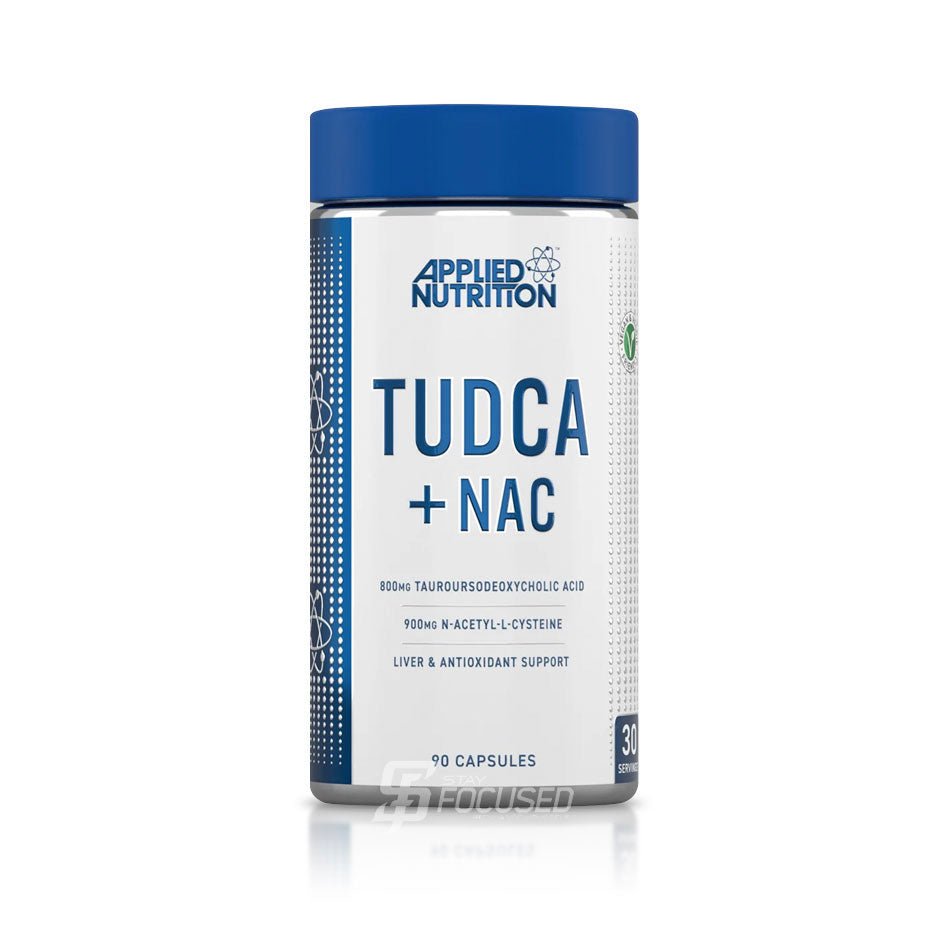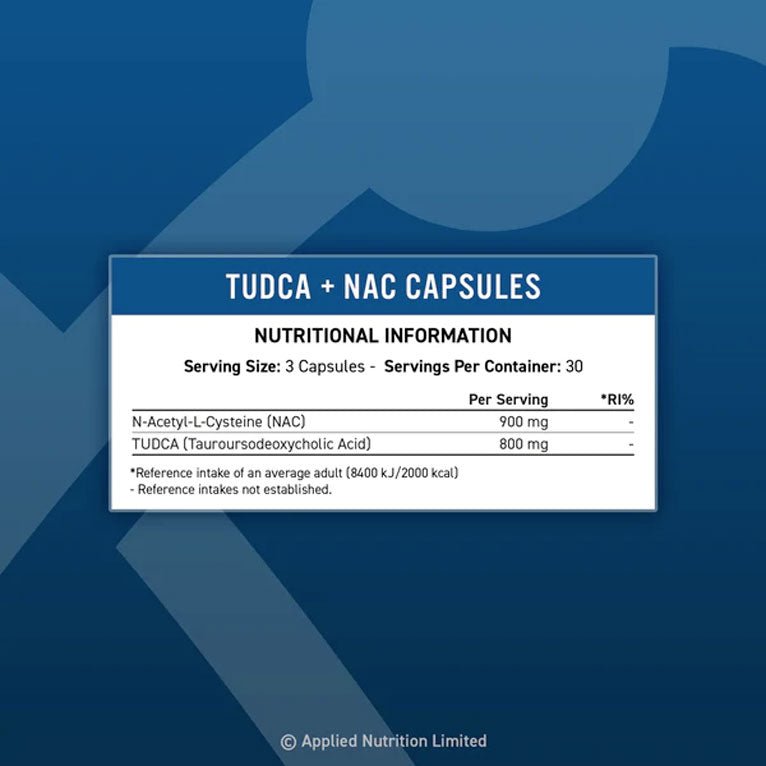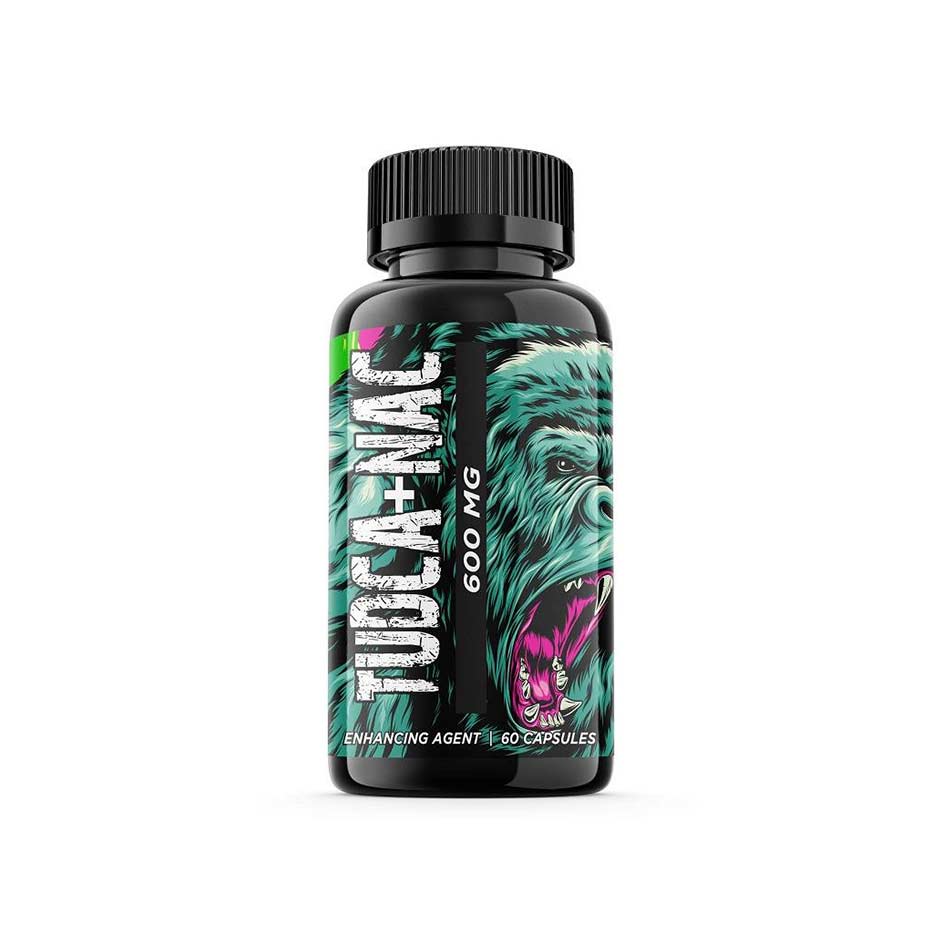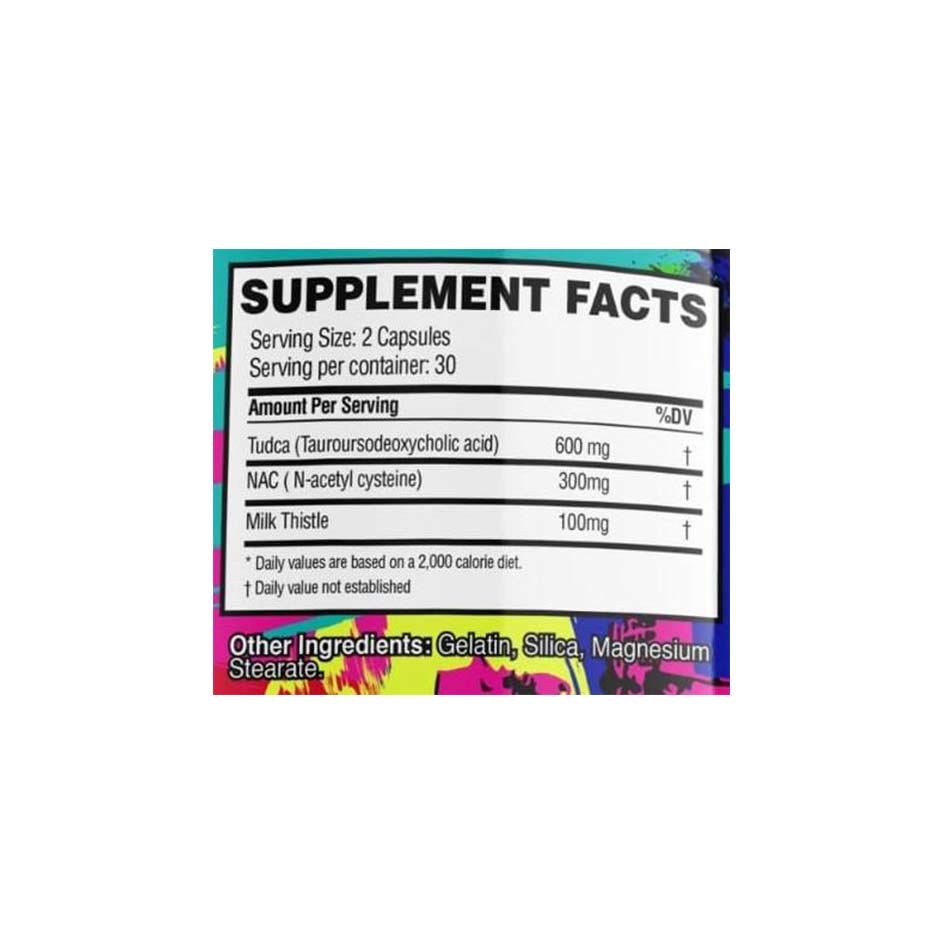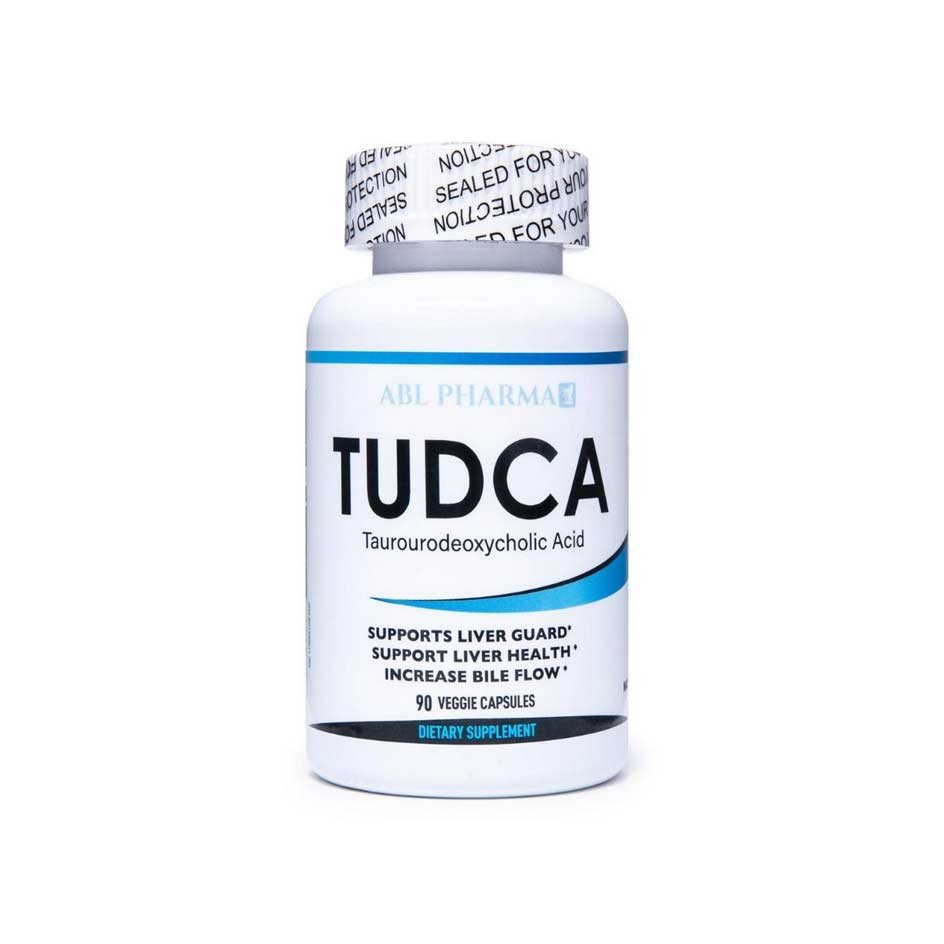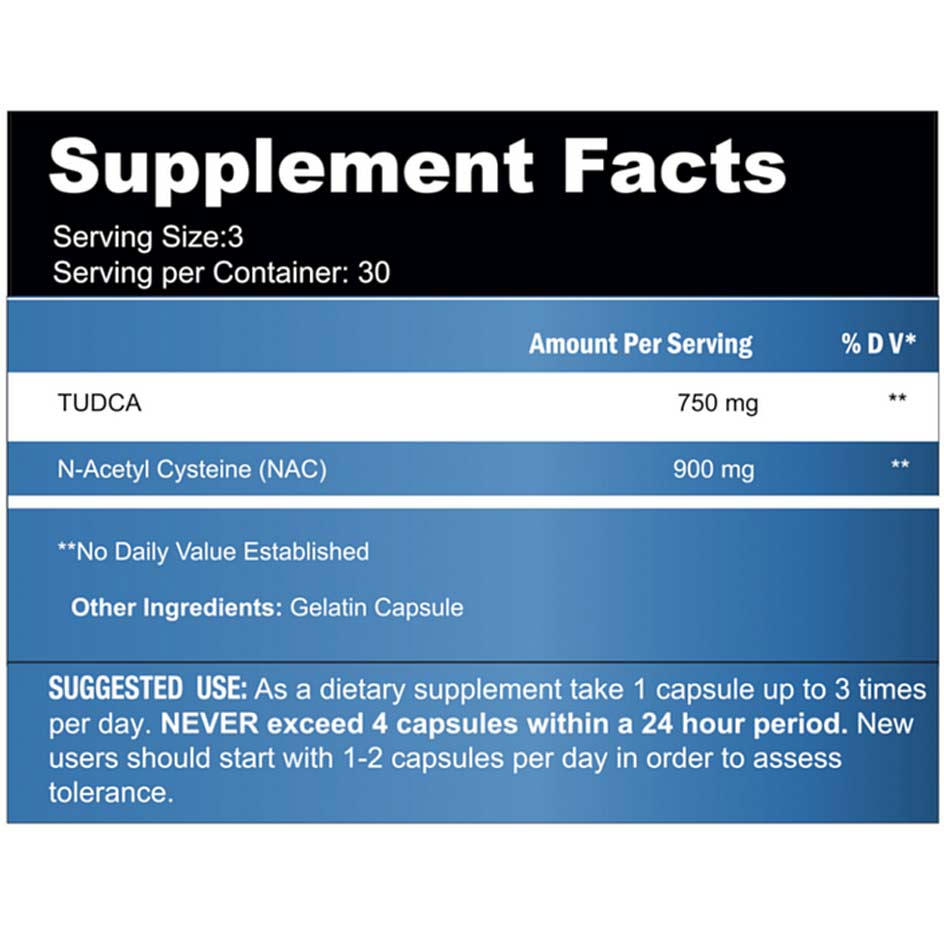What is TUDCA?
TUDCA is the abbreviation for Tauroursodeoxycholic Acid. This acid is a form of
Bile acid that occurs naturally in humans and animals. It was first discovered in bulls and bears, hence its name. ("Taurus" is the Latin word for "bull," "ursus" is the word for "bear.") Tauroursodeoxycholic acid, however, makes up only a very small portion of bile acids.
How does TUDCA work?
In traditional Chinese medicine, bile acids have been used for centuries to alleviate various ailments. TUDCA first came into the spotlight in Western medicine in the 1950s, when researchers discovered that tauroursodeoxycholic acid can inhibit protein clumping in the body. This property makes TUDCA interesting as a therapeutic agent for neurological diseases such as Alzheimer's and ALS [1]. In the following years, TUDCA was further investigated for other health-promoting properties. Particularly revealing was the discovery that TUDCA stimulates proliferation (= cell growth) in the liver and can thus improve serum liver enzyme levels in a compromised liver [2][3][4]. In Italy and Turkey, TUDCA is established as a medication for liver diseases.
TUDCA in bodybuilding
In bodybuilding, TUDCA has a firm place inCycle Support, i.e., in supplementation accompanying a steroid cycle. It is well known that the liver is the internal organ (along with the heart) that suffers most from the use of anabolic steroids – because almost every anabolic steroid, and even more so every prohormone, puts the liver under stress. This is because steroid molecules are metabolized – i.e., broken down – in the liver. In addition, oral steroids in particular, such as methandienone (methandrostenolone), oxymetholone, and oral turinabol, are 17-alpha-alkylated. (They have an alkyl group at the C-17 alpha position of their molecule.) The alkylation causes the steroids to resist breakdown by the liver for a longer period of time, which makes them virtually liver-toxic. The same applies to prohormones. A "cycle" of these anabolic steroids lasting several weeks can therefore place as much strain on the liver as months of alcohol consumption. Anyone who uses anabolic steroids should therefore definitely strive for liver protection.
This is where TUDCA comes into play: The drug helps the liver better cope with the stress of steroid molecules. Taking TUDCA for the liver when on steroids is roughly equivalent to taking an acid reducer for the stomach when on a binge – it's a sensible protective measure. TUDCA can be used both in parallel with anabolic steroid use and afterward. If TUDCA is used as a complementary treatment,On Cycle Therapy (OCT)When used as a supplement, it can prevent excessive increases in liver enzyme levels.Post Cycle Therapy (PCT)When used, it can help to reduce elevated liver enzyme levels.
Initial studies suggest that TUDCA also improves insulin sensitivity and may thus offer protection against the negative effects of growth hormone. However, this requires further investigation [5].
TUDCA on steroids
Not every anabolic steroid is liver toxic, but most are. Steroids like stanozolol and oxymetholone are at the higher end of the liver toxicity scale, while methenolone and the almost completely non-liver-toxic injectable nandrolone (19-nortestosterone) are at the lower end. However, oral steroids ALWAYS place a strain on the liver.
TUDCA in prohormones
ThereProhormonesSince they are exclusively sold as oral preparations, they are also, without exception, harmful to the liver. While there are some serious and some less serious drugs (among the worst is the highly effective Superdrol, which is actually not a prohormone at all, but a fully-fledged steroid), liver protection should always be a consideration when using prohormones.
TUDCA in SARMs
SARMsSelective androgen receptor modulators (SARMs) are considered to be anabolic steroids with very few side effects—but that doesn't mean that SARMs don't have negative effects on liver health. Ostarine (also known as "Enobosarm" and MK-2866), one of the mildest SARMs available, has been scientifically documented to cause liver damage [6]!
How should TUDCA be dosed?
Bodybuilders who want to use TUDCA as an OCT or PCT supplement should take between 200 and 500 milligrams daily for at least four weeks. While some athletes take 1,500 mg daily, this is neither necessary nor advisable—such an XXL dose does not provide significantly greater benefits than a standard dose. However, in special cases, such as when liver enzymes are very elevated, temporarily higher doses may be beneficial. Many TUDCA supplements are also formulated to allow for flexible dosing.TUDCA from Evoled NutritionandThis TUDCA 4U from BPS Pharmaapproximately contain 250 mg per capsule, so the daily dose can be varied in quarter-gram increments.
TUDCA and OCT: a useful combination
If you really want to dig deep into the anabolic steroid world, you should include an on-cycle therapy product in your supplementation program in addition to TUDCA. Typical ingredients of OCT products are milk thistle extract and NAC. The combination of TUDCA and the aforementioned substances then increases liver protection.NAC (N-Acetyl-L-Cysteine)Works perfectly with TUDCA: Studies show that the two active ingredients are considerably more effective together than individually. Therefore, the market offers a wide range of combination products containing both substances – for example,TUDCA + NAC 90 Caps from Applied NutritionorTUDCA + NAC from Supplement Needs.
What are the side effects of TUDCA?
TUDCA is considered well-tolerated. In rare cases, mild diarrhea or skin reactions such as hives may occur. However, at the dosages commonly used in bodybuilding, these TUDCA side effects are virtually non-existent. Clinical studies testing doses of up to 1,750 mg daily show that even large doses are well-tolerated. However, TUDCA should not be used in cases of inflamed or blocked bile ducts or impaired gallbladder function.
Where can I buy TUDCA?
TUDCA is available in various supplement shops, as well as mail-order pharmacies and online marketplaces like Amazon. However, the selection in many shops leaves much to be desired. Here, you'll find over 20 TUDCA supplements, including TUDCA-only preparations and multi-ingredient complexes with TUDCA, milk thistle extract, and NAC (e.g.,Liver Lover by Apollon Nutrition).
- cordis.europa.eu (2022): Safety and efficacy of tauroursodeoxycholic acid (TUDCA) as add-on treatment in patients affected by amyotrophic lateral sclerosis (ALS)(https://cordis.europa.eu/project/id/755094/reporting)
- Xiao-Li Pan et al. (2013): “Efficacy and safety of tauroursodeoxycholic acid in the treatment of liver cirrhosis: a double-blind randomized controlled trial” (https://pubmed.ncbi.nlm.nih.gov/23592128/)
- A. Larghi et al. (1997): “Ursodeoxycholic and tauro-ursodeoxycholic acids for the treatment of primary biliary cirrhosis: a pilot crossover study”
(https://pubmed.ncbi.nlm.nih.gov/9146783/) - C. Panella et al. (1995): “Does tauroursodeoxycholic acid (TUDCA) treatment increase hepatocyte proliferation in patients with chronic liver disease?”
(https://pubmed.ncbi.nlm.nih.gov/8541578/) - M. Kars et al. (2010): “Tauroursodeoxycholic acid may improve liver and muscle but not adipose tissue insulin sensitivity in obese men and women”
(https://pubmed.ncbi.nlm.nih.gov/20522594/) - D. Weinblatt (2022): “Drug-Induced Liver Injury Secondary to Enobosarm: A Selective Androgen Receptor Modulator (https://pmc.ncbi.nlm.nih.gov/articles/PMC9119364/)




